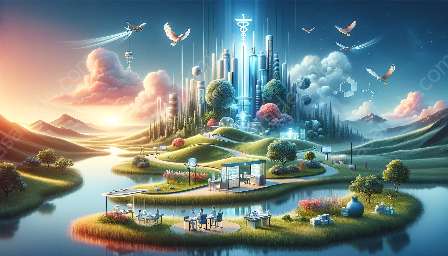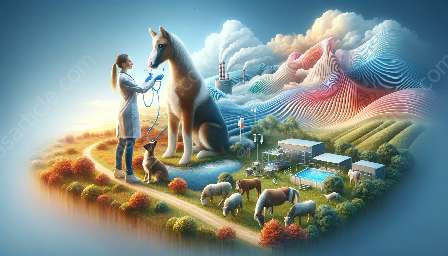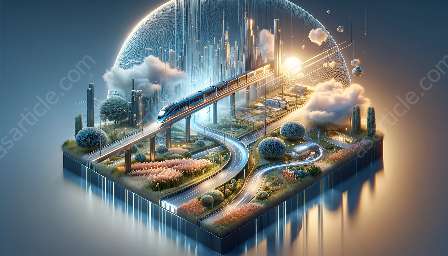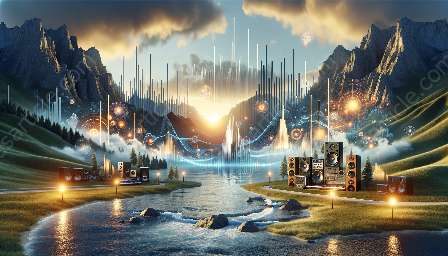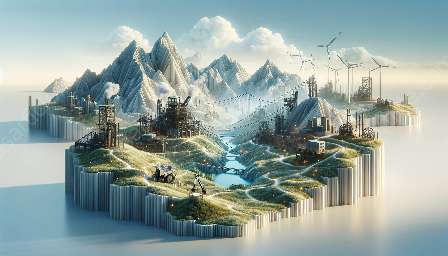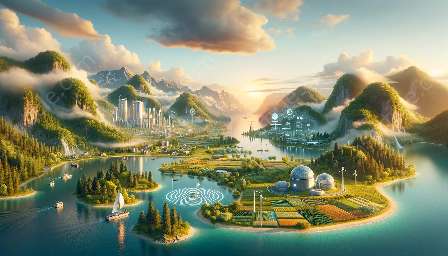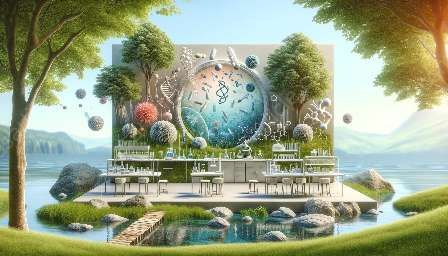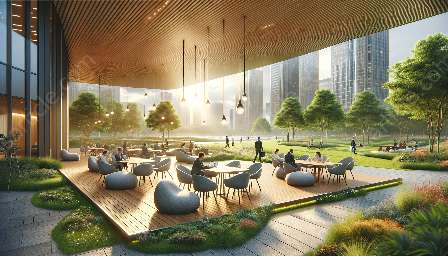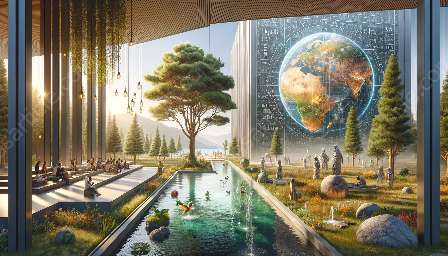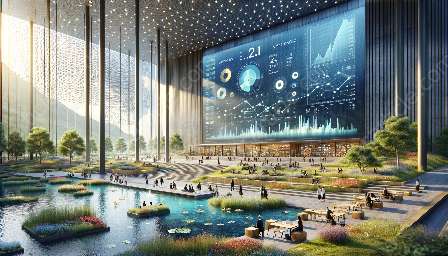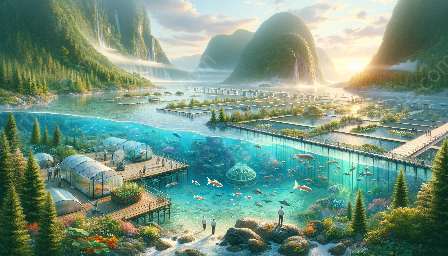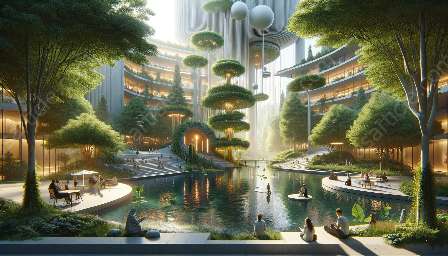Delve into the fascinating world of architecture and design, where artistic vision meets the principles of applied sciences. This topic cluster will explore the intricate connection between architectural design and applied sciences, showcasing the integration of creativity, technology, and engineering to create beautiful and functional structures.
The Art and Science of Architecture
Architecture is a magnificent blend of art and science, where designers apply their creative talents alongside principles of physics, mathematics, and engineering to conceive and construct buildings, bridges, and other structures. The architectural design process involves aesthetic considerations, functional requirements, and an understanding of materials and construction techniques.
The Role of Applied Sciences in Architecture and Design
Applied sciences play a fundamental role in shaping modern architecture and design. Advances in structural engineering, materials science, and environmental sustainability have revolutionized the way architects and designers approach their projects. Cutting-edge technologies, such as computer-aided design (CAD) and building information modeling (BIM), have significantly enhanced the precision and efficiency of architectural design processes.
Architectural Innovations and Technological Advancements
Advancements in applied sciences have paved the way for architectural innovation and creativity. From responsive facades and sustainable building materials to parametric design and 3D printing, architects and designers leverage technology to push the boundaries of traditional design practices, creating structures that are visually stunning while serving their intended purposes.
Elements of Sustainable Design
Within the realm of architecture and design, sustainability has emerged as a central concern. The integration of applied sciences in sustainable design involves analyzing environmental impacts, harnessing renewable resources, and implementing energy-efficient strategies to minimize the ecological footprint of buildings and infrastructure.
Interdisciplinary Collaboration in Architecture and Design
The dynamic field of architecture and design often necessitates collaboration between architects, engineers, urban planners, and other professionals. Such collaborations leverage the principles of applied sciences to address multifaceted design challenges, resulting in comprehensive and integrated solutions that enrich the built environment.
The Future of Architecture and Design
As the boundaries between disciplines continue to blur, the future of architecture and design holds immense potential for further integration of applied sciences. Advancements in robotics, artificial intelligence (AI), and sustainable technologies will likely redefine the ways in which architectural concepts are realized, shaping a future where innovative design solutions are seamlessly intertwined with scientific principles.














